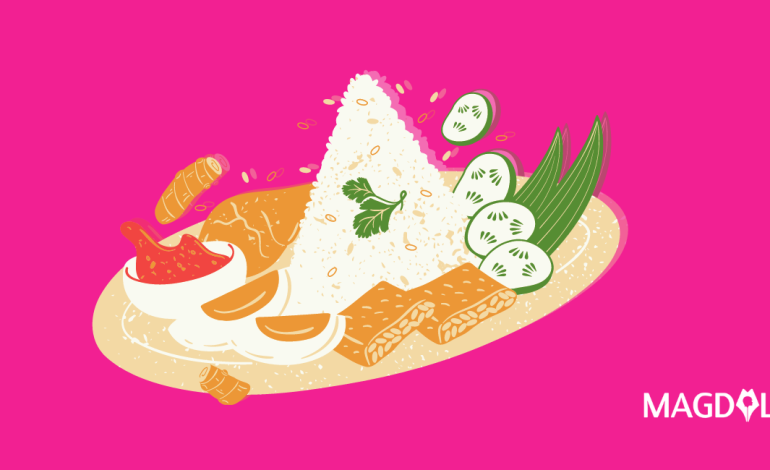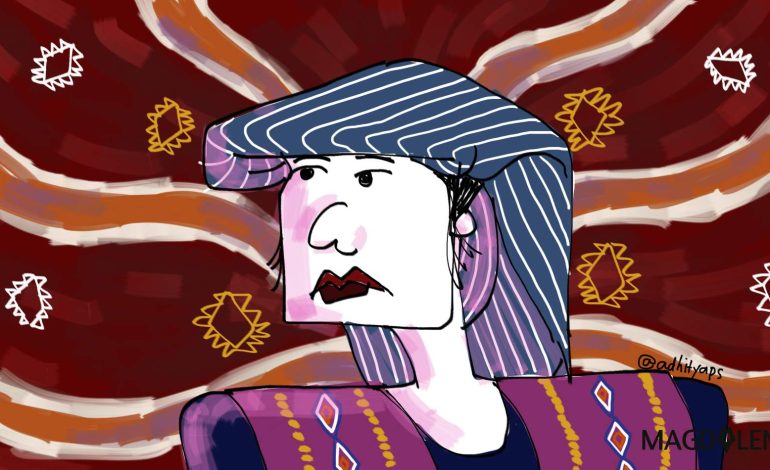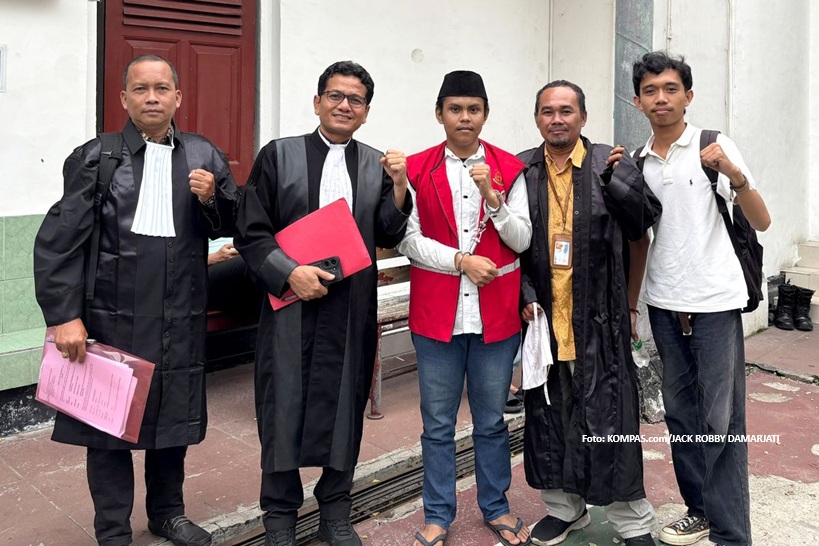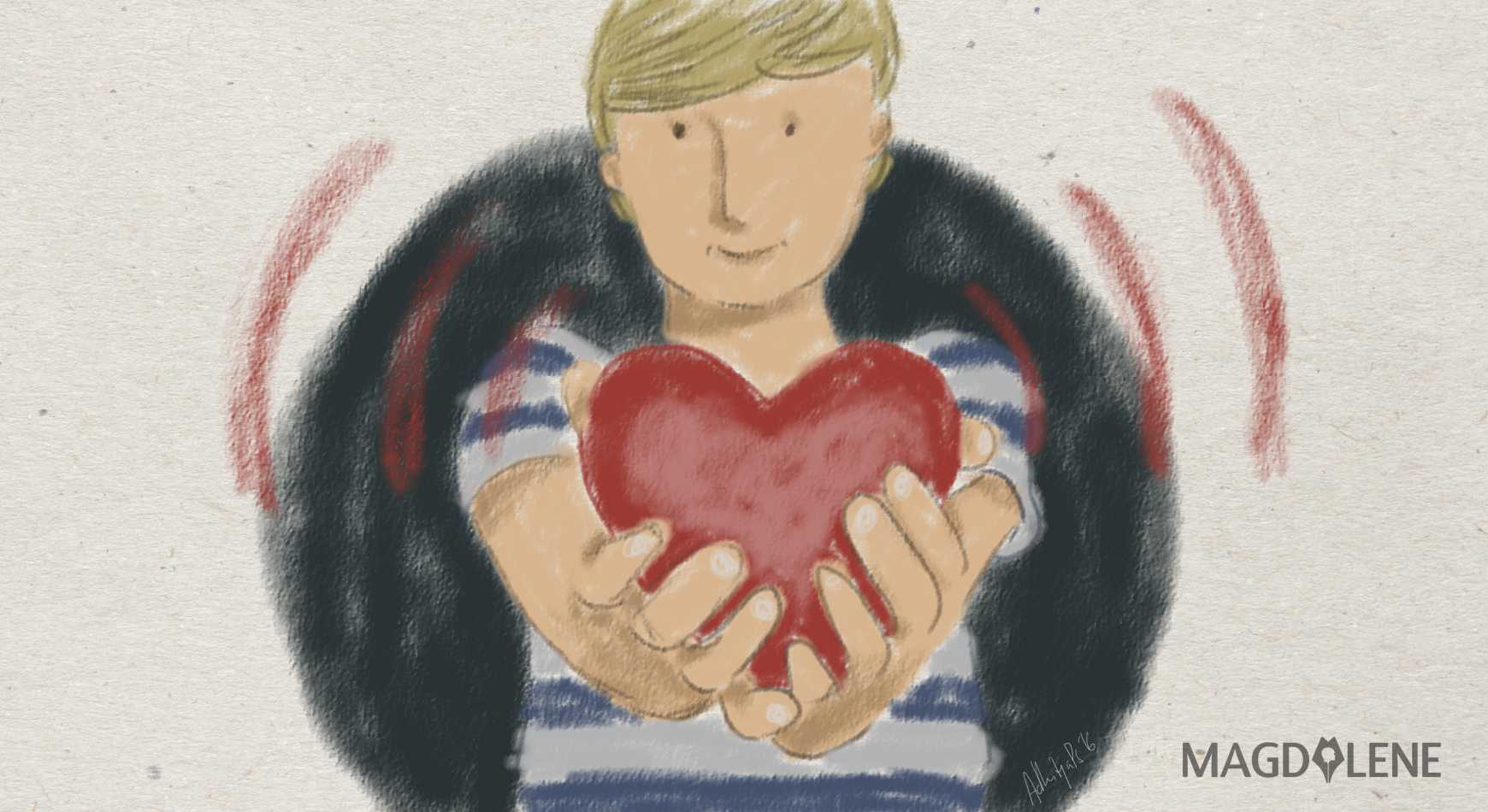Sambal, My Very Own Version of Jewish Penicillin

In the opening scenes of the Japanese series The Way of the Hot and Spicy (2021), Kenta Sarukawa, a sales promoter at a beverage company who has just been transferred to Tokyo, is seen in shock to find his new team crazy about spicy food. They would gorge the red hot meals in gusto with the expression like they have just discovered heaven through their mouths.
He soon learns that his new boss sees spicy dishes as an energy booster and the hotter the food, the bigger his ability to achieve sales targets. Sarukawa, who could barely handle pepper, at first struggles to keep up, and each episode in the Netflix drama is Sarukawa’s journey to unlock a large variety of spicy food. Eventually, he did not only find himself more appreciative of fiery cuisines, but he also found the philosophy and cultural meaning of them.
The dorama is not just engaging, but it articulates the way I feel about sambal. For me, the hot Indonesian chilli sauce is a source of comfort and happiness that is easily made and affordable. As one of Sarukawa’s colleagues said, nothing can beat all the feeling when the chili boosts your metabolism as the active component of capsaicin penetrates our tastebud.
Sundanese and Sambal
It is hard to find Indonesians who do not love sambal, and every region boasts its own type of the sauce. Many culinary researchers estimated that there are around 1,500 types of sambal across the archipelago. As a native Sundanese who was born and raised in Garut, West Java, I grew up eating sambal and raw vegetables (lalap) almost daily. My mom is a queen when it comes to making sambal, as she can come up with large varieties of the sauce with different ingredients and methods. Although the basic ingredients are chillies, salt, and shallots.
In my hometown, the top sambals are sambal terasi with fermented-shrimp paste; sambal goang that is basically just chili padi and salt; fried tomato sambal that involves more complex ingredients (only my mom knows the recipe); and sambal Cibiuk that made of green chilli padi, green tomatoes and a handful of kemangi leaves (Indonesian basil).
Those are only four examples among the countless varieties of Sundanese sambal. They are usually a family recipe, although, like Cibiuk, it has gone beyond the neighboring village of ours to restaurants all over the province. For Sundanese, sambal is not a mere condiment, but it is the salt of the earth. No matter how many side dishes on your plate, it would be incomplete without sambal. When we have a family gathering, sambal is mandatory to be served.
Yet, for many Sundanese, sambal is also about connecting with the family. We have a tradition to serve food on long banana leaves, where we share our foods together without any boundaries. It’s always been an intimate and precious moment. There is even a Sundanese adage saying that women are ready to get married once they can make a proper sambal. Tasty sambal is said to be the key to a successful marriage because your husband would be satiated. It may be sexist, but the advice just shows how sambal plays a central role in Sundanese cuisine.
Behind Sundanese’s Obsession with Sambal
When I moved to Jakarta three years ago, I decided that I had to expand my culinary experience. The easiest one to reach is West Sumatran or Padang food, which I enjoy immensely. But it made me wonder, how come Sundanese manage to survive on raw vegetables and sambal alone when Sumatrans are so dependent on animal protein?
Many assume that our plant-based food is because West Java is surrounded by lush plants but the research by my former lecturer, Fadly Rahman, titled “Sunda dan Lalapan: Melacak Masa Lalu Budaya Makan Sunda (Sundanese and Raw Vegetable: Tracing the Past of Sundanese Food Culture)” shows the reason is more complex.
When the Dutch colonial arrived in Parahyangan (the Sundanese land), they were fascinated by the fertile land and turned it into coffee and tea plantations, and left only a small part as animal farms for their own consumption. The economic and political motives have led locals to be accustomed to eating vegetables and sambal–the tradition that lasts until now.
My Version of Jewish Penicillin
If Jewish people famously have a chicken soup recipe that can revive sick people, or called Jewish penicillin, it is safe to say that sambal works the same for me. Sambals consoled me through the ups and downs of my 25 years old life. It is one of the most effective remedies to lift up my mood during bad days, burnouts, or heartbreaks. The mixture of flavor, not just spicy, is like a party in my mouth. I feel an instant surge of power inside me that I can forget the messy thoughts that have been haunting me for hours. Sarukawa’s boss perfectly put it, saying that the heat gives you the strength to overcome any hurdle. For me, chilli is an endless blessing and a cheap therapy that we take for granted.
Spicy dishes have been my coping mechanism, and I have a high threshold for it to the point that my friends call me crazy. They were not wrong. When the pandemic hit, and we were forced to work from home, my craving for spicy food soared to the next level. Sambal was like my escapism from this apocalyptic situation.
It did come with a price. Last year, I felt a searing pain in my lower belly that I could not either sit or stand. My sister then rushed me to the hospital as the pain only got worse. The doctor who examined me said it was appendicitis, and that I had to have the surgery immediately. He said that if I came a few days late, it would have burst. As a person who had barely gotten sick, I was in shock. Apparently, my penchant for chillies contributed to the ailment. I felt a pang of sadness. I thought I would not be able to eat anything spicy again. It felt like my life was over.
After the surgery, the doctor forbade me to eat spicy food for a month, which felt like a decade. It was so hard. My stomach was in turmoil. I lost my appetite and felt nauseous all the time. I even had several breakdowns, because I thought someone had taken away my happiness. When my doctor finally allowed me to eat spicy food again, the world suddenly looked brighter. I did not know how empty my life would be without sambal.
I still have to curb my chilli consumption. But as Sarukawa’s boss once said, the Japanese kanji character for “spicy” can also be read as “pain”, but adding one line to the character “spicy” will turn that word into “happiness”. For me, sambal is not just about food, sambal is joy and sambal is life.






















